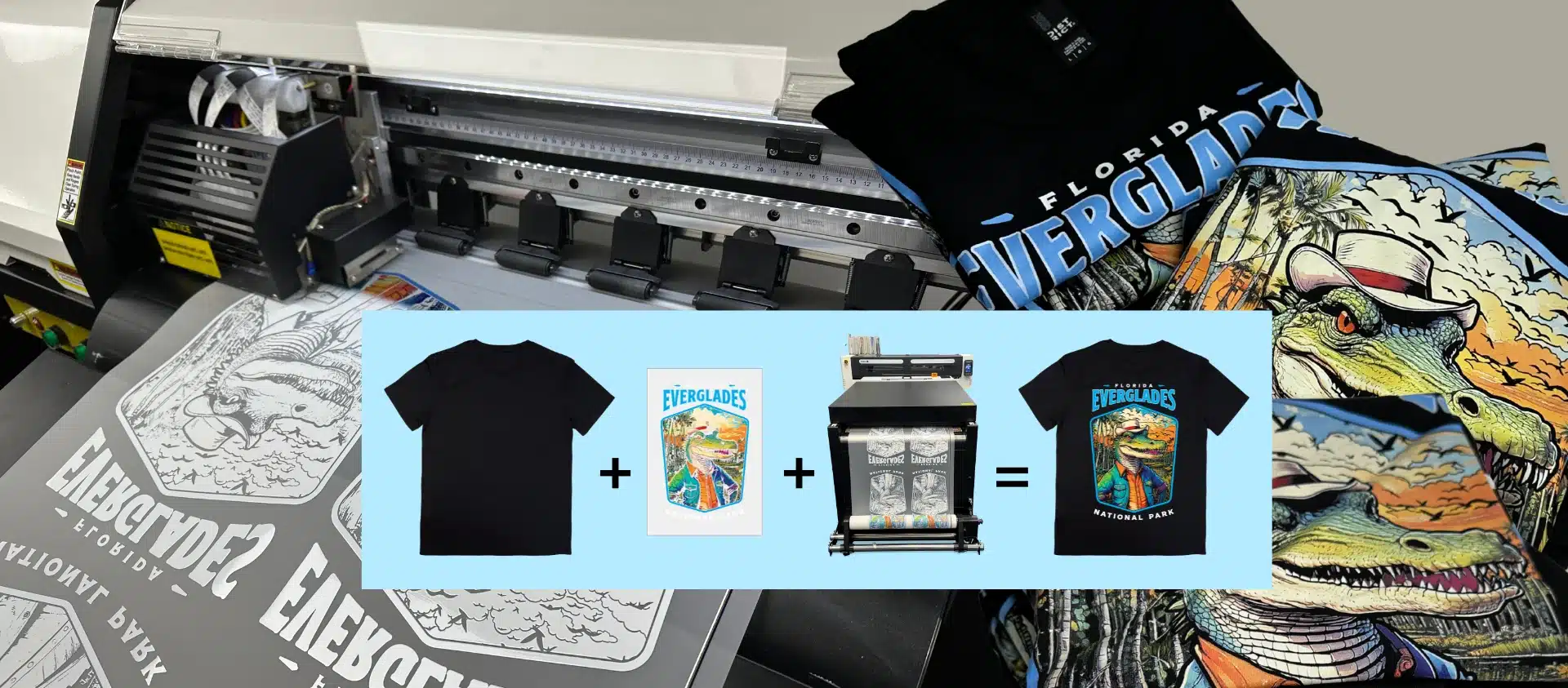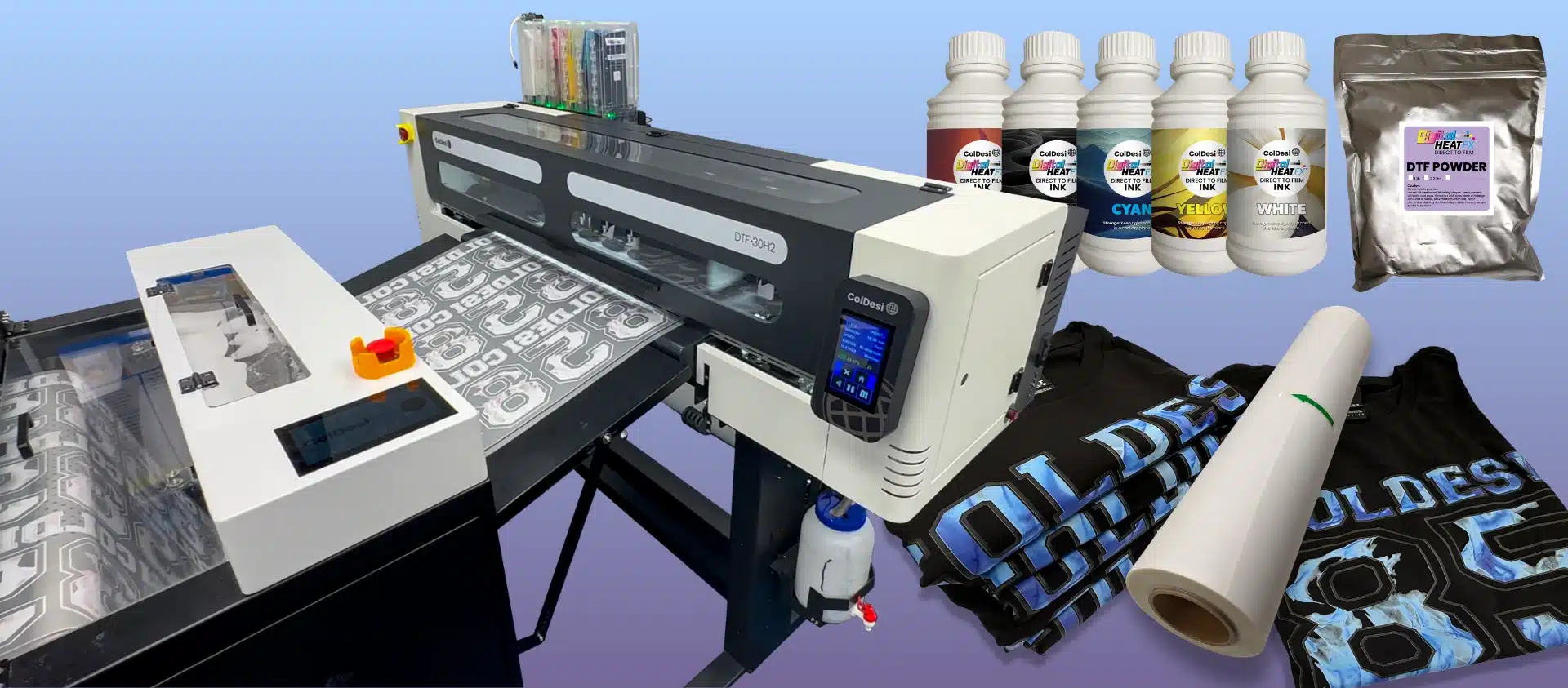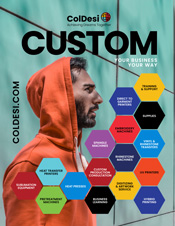The custom printing industry has become increasingly competitive. This presents new challenges for businesses. They now must adapt quickly and refine their overall approach to remain relevant and successful. To maintain profitability and achieve long-term success, companies must adopt marketing strategies for custom printing businesses that are both data-driven and aligned with customer needs. This article provides a structured, strategic framework to support effective marketing execution within the evolving print landscape.
Understanding the Custom Printing Consumer Landscape
- Individual Consumers
- Small and Medium-Sized Enterprises (SMEs)
- Large Corporations
- Organizations and Non-Profits
- Designers and Resellers
Segmenting customers into categories allows businesses to tailor their offerings, marketing messages, and delivery methods—all key components of effective marketing strategies for custom printing businesses.
Market Positioning and Differentiation
In a saturated market, generalization weakens visibility. One of the most impactful marketing strategies for custom printing businesses is focusing on a specific market segment to gain a competitive advantage. You can do this by focusing on one technology, such as DTF, embroidery, or sublimation; focusing on a product category, such as promotional materials or personalized gifts; or targeting specific sectors, such as hospitality, education, or athletic organizations.
It is important to define a clear Unique Selling Proposition (USP) by highlighting strengths like high image quality, low order minimums, fast turnaround times, or dedicated design support. Communicating your USP across marketing channels helps align what your business offers with customers’ expectations.
Professional Online Infrastructure
A professional digital footprint is essential for implementing modern marketing strategies for custom printing businesses. A business’s online presence is often its primary channel for customer acquisition and engagement. A website should be optimized for search engines. It should also be mobile-friendly and designed for efficient user interaction. Emphasizing user experience ensures easy navigation, leading to higher engagement, trust, and conversion rates. It should clearly state a company’s capabilities, product catalogs, ordering process, pricing structure, and delivery timelines. Testimonials, reviews, and case studies help establish credibility.
Strategic use of social media enhances brand visibility and reinforces credibility. Instagram, LinkedIn, Meta (Facebook), and Pinterest offer channels to showcase product applications. A company can highlight client success stories and promote special campaigns. Businesses should align their social strategies with the behaviors of their customer segments. They should put more effort into the channel that aligns best with their customers’ media consumption patterns.
Integrating e-commerce capabilities and online ordering systems enables a business to streamline transactions and reach a broader audience. Online marketplaces such as Etsy, Amazon Handmade, and niche B2B platforms can serve as extra revenue channels.

Online Presence
Your website and social media platforms are often your first impression.
- SEO-Optimized Website: Include relevant keywords like “DTF printing” and “custom t-shirts [city]”. When developing a website, think “User Experience”. Create a dynamic portfolio, easy ordering process, and strong calls to action.
- Strategic Social Media: Use Instagram and Pinterest for visuals like video shorts. Use Meta (Facebook) and LinkedIn for B2B targeting, such as article content or sales promotions. Post behind-the-scenes content, customer stories, tutorials, and sales promotions.
- E-commerce Integration: Allow customers to place orders online or explore services on platforms like Etsy for personalized items.
Authoritative Content
Content marketing plays a critical role in effective marketing strategies for custom printing businesses. It serves as both a lead generator and a way to educate potential customers. It should be designed to enhance search rankings and position a business as a knowledgeable authority. Regularly published content should address relevant topics and issues within your customer’s ecosystem.
Video content adds visual and human elements to the brand. Videos demonstrating production processes, client testimonials, and design tutorials build transparency and trust. Educational infographics, process guides, and frequently asked questions enhance the digital customer experience.
All content should be optimized for search engines. It should incorporate industry-relevant keywords, descriptive titles, meta tags, and internal linking strategies.

Create and Share Content
- Blog Articles: Share tips like “Tips for Using Direct to Film Transfers” or “How to Choose Top-rated DTF Printers for Your Business.”
- Video Marketing: Offer equipment demonstrations, testimonials, or how-to tutorials.
- Infographics & Guides: Explain concepts such as color management, maintenance processes, or product comparisons.
Localized Marketing
Maintaining a strong local presence remains critical. Keep Google, Yelp, and Bing listings accurate and up to date with hours, services, reviews, and photos. Join local business groups, such as the Chamber of Commerce. Sponsor a local sports team or event. If the sponsorship is structured as a marketing expense, your business may be eligible for a tax deduction. Partner with related service providers to build credibility. Use location-based keywords on your website to boost local search visibility.

Local Engagement
- Digital Business Platform: Keep it updated, post regularly, and encourage customer reviews.
- Local Directories: Ensure consistent NAP (Name, Address, Phone) data across platforms.
- Community Partnerships: Sponsor local events, partner with nearby schools, or collaborate with local retailers.
- Localized SEO: Target search terms like “Custom Printing [city]” or “Branded Shirts [city].”
Customer Relationships and Retention
A Customer Relationship Management (CRM) system allows for detailed tracking of customer interactions, as well as order histories and service preferences. A business should use a CRM when managing customer relationships becomes complex, and it needs to streamline communication, track leads, and improve sales efficiency. CRMs capture the entire customer journey. Businesses can use this data to personalize communications, anticipate reorder needs, and tailor promotional offers.
A business should start email marketing when it wants to engage customers, promote products, and build loyalty through direct, cost-effective communication. Email marketing campaigns should be segmented by customer type, purchase behavior, and engagement level. Newsletters can provide updates on new product lines, seasonal campaigns, and industry trends.
A business should offer customer incentive programs to increase repeat purchases, retain customers, and attract new ones through word-of-mouth marketing. Loyalty programs, subscription discounts, and referral incentives can drive repeat business and reduce client attrition. Soliciting and acting on customer feedback demonstrates responsiveness and improves service delivery.
Consumer Relations and Retention
- Email Marketing: Segment your lists, and send personalized content, reorder reminders, sales incentives, and exclusive deals.
- Loyalty Programs: Offer exclusive discounts, deals, and incentives to repeat customers.
- Feedback Loops: Use surveys and reviews to improve services.
- Referral Incentives: Encourage referrals by rewarding satisfied customers.
Strategic Collaborations
Strategic partnerships can provide access to new audiences and expand their service capabilities. Collaborations allow businesses to offer end-to-end solutions. Joint campaigns with complementary businesses help reduce marketing costs and strengthen brand presence.
Wholesale relationships with retail or distribution partners increase order volume and introduce new revenue streams. Partnering with influencers or content creators who have niche audiences can also accelerate brand awareness.
Tactical Partnerships
- Designers and Artists: Revenue-share partnerships can bring in fresh design talent.
- Social Media Influencers: Let them showcase your products to a wider audience.
- Wholesale Channels: Partner with resellers or local boutiques.
- Joint Campaigns: Co-market with photographers, event planners, or coworking spaces.
Monitoring and Refining Marketing Activities
One of the most critical yet overlooked marketing strategies for custom printing businesses is consistent performance tracking and data-driven refinement. Marketing effectiveness must be evaluated continuously. Website traffic, search engine rankings, social media engagement, and email performance should be monitored closely. Businesses should track lead sources, customer acquisition costs, and the revenue generated from each channel.
Regular performance reviews allow for realignment of resources and the refinement of messaging. A data-driven approach enables businesses to identify underperforming tactics, discover emerging trends, and improve budget allocation.
Measure and Adapt
- Website Traffic: Track with Google Analytics.
- Social Media Metrics: Track engagement, reach, and conversion.
- Lead Conversions: Identify which channels bring in paying customers.
- Customer Surveys: Collect insights into service improvements.
- ROMI Tracking: Compare marketing spend with generated revenue.
Financial and Operational Efficiency
Internal fiscal management is a critical driver of sustainable growth. Budgeting must include fixed and variable costs across production, marketing, labor, and logistics. Effective internal fiscal management directly impacts marketing by ensuring budgets are strategically allocated, campaigns are data-driven, and pricing aligns with market demand. Real-time cash flow monitoring helps maintain solvency and enable proactive decision-making.
Cost optimization should focus on procurement strategies, supplier negotiations, and production planning. Diversifying revenue streams mitigates risk and increases average order values. Strategic pricing, based on market research, ensures profitability without eroding competitiveness.
Fiscal and Operational Foundations
- Budget Management: Tracks spend across materials, labor, and advertising.
- Cash Flow Monitoring: Avoid surprises by using real-time software tools.
- Cost Optimization: Negotiate supplier contracts or scale efficiently.
- Service Diversification: Explore high-margin offerings like branded packaging or subscription-based printing services.
Effective marketing strategies for custom printing businesses demand structure, financial foresight, and data-driven execution. By aligning each strategic component, businesses create a scalable advantage that increases visibility, customer loyalty, and long-term profitability. Each strategic component works together to create a scalable, competitive advantage over the competition.
ColDesi supports custom printing businesses with the tools they need to grow. The company offers professional-grade equipment, expert training, and reliable support. Their solutions help streamline production and improve marketing impact. From DTF and embroidery to white toner and UV printing, ColDesi delivers technology that gives businesses a competitive edge. With ColDesi, you get more than a machine; you gain a partner in success.
Learn more about ColDesi’s customization solutions by filling out the form below or give us a call at 877-793-3278.








